
How Much Does an E Bike Weigh? Complete Guide
When shopping for an electric bike, most people focus on speed, range, or motor power. But one factor that often gets overlooked—and yet affects almost every part of your riding experience—is weight. The question “how much does an e-bike weigh” might sound simple, but the answer can be surprisingly complex.
An e-bike’s weight impacts how easy it is to ride uphill, carry upstairs, or load into a car. It also affects acceleration, stability, and battery efficiency. Whether you’re looking for a lightweight commuter model or a heavy-duty adventure bike, understanding e-bike weight is key to finding your perfect ride.
How Much Does an E-Bike Weigh?
Most e-bikes weigh between 40 and 70 lbs (18–32 kg), though this varies by design and purpose. Folding and commuter e-bikes are the lightest at around 35–50 lbs, built for easy portability and daily use. City e-bikes typically weigh 50–65 lbs, balancing comfort, range, and durability. On the heavier side, mountain and fat-tire e-bikes range from 60–80 lbs due to their reinforced frames and larger batteries. Even a small 10-lb difference can noticeably affect acceleration, portability, and riding stability.
Breaking Down the Weight
To really understand how much an e bike weighs, it’s helpful to look at the main components that contribute to its overall weight.
1. The Battery
Think of the battery as your e-bike’s fuel tank. It’s one of the heaviest components, typically weighing between 6–10 pounds (2.7–4.5 kg). Larger-capacity batteries, like 750Wh models, can add an extra 2–3 pounds but give you much more range per charge. Riders who prioritize distance usually accept the trade-off of a heavier battery for longer travel time.
2. The Motor
The motor is another key contributor to weight. Mid-drive motors—mounted near the pedals—tend to be slightly heavier (7–10 pounds) but deliver more torque and better hill-climbing performance. Hub motors, located in the wheel hubs, are lighter and simpler, making them ideal for commuters who value efficiency and easy maintenance.
3. The Frame
Your e-bike’s frame material makes a big difference in overall weight. Aluminum is the most common—it’s lightweight, durable, and affordable. Steel frames are stronger and absorb road vibrations better, but they add noticeable heft. Carbon fiber, used in premium e-bikes, is featherlight and sleek but comes at a higher cost.
4. The Extras
Lastly, all the extras—fenders, racks, suspension systems, and even tire choices—add up. Fat tires designed for snow, sand, or off-road use can add 5–10 pounds, while slim commuter tires help keep your e-bike lean and agile. Even small additions like lights or cargo racks can increase total weight, but they often improve practicality and comfort on daily rides.
E-Bike Weight by Type
|
E-Bike Type |
Average Weight (lbs/kg) |
Key Features |
|
Folding E-Bike |
35–45 lbs / 16–20 kg |
Compact, portable, ideal for city commuters |
|
Commuter E-Bike |
45–60 lbs / 20–27 kg |
Balanced design, smooth ride, mid-sized battery |
|
Mountain E-Bike |
55–75 lbs / 25–34 kg |
Rugged, powerful, built for uneven terrain |
Lightweight vs. Heavy E-Bikes
When choosing your ideal e-bike, it’s important to understand the trade-offs between lightweight and heavy models. Lightweight e-bikes, typically weighing between 35–50 lbs (16–23 kg), are perfect for city commuting, folding portability, and easy storage. They’re easier to lift, transport, and maneuver through traffic, offering quicker acceleration and better efficiency when pedaling without motor assistance. However, their smaller batteries and motors usually mean less range and torque, and they can feel less stable at higher speeds.
On the other hand, heavy e-bikes—which usually weigh 55–80+ lbs (25–36+ kg)—excel in long-distance rides, off-road trails, and cargo transport. They come equipped with larger batteries for extended range, more powerful motors for conquering hills and carrying heavy loads, and provide better stability and traction on rough terrain. The downside is that they’re harder to carry upstairs or load into vehicles, and they can feel slightly less agile.
In short, light e-bikes focus on convenience and portability, while heavier models emphasize performance, endurance, and stability—making your choice dependent on how and where you plan to ride.
Top Electric Bikes and Their Weights
To give you a clearer perspective, here’s a comparison of some of the best isinwheel e-bikes and their specifications.
|
Images |
 |
 |
 |
 |
 |
 |
|
Models |
||||||
|
Net Weight |
23.2 kg |
27 kg |
23.3 kg |
27kg |
26.5 kg |
28.4 kg |
|
Peak Power |
500W |
500W |
500W |
500W |
500W |
750W |
|
Battery |
36V 7.8Ah |
36V 13Ah |
36V 7.8Ah |
36V 10.4Ah |
36V 10.4Ah |
36V 10.4Ah |
|
Max Range |
28 miles |
65 miles |
35 miles |
60 miles |
55 miles |
55 miles |
|
Speed (before unlock) |
10/15/25 km/h |
6/10/15/20/25 km/h |
10/15/25 km/h |
6/10/15/20/25 km/h |
6/10/15/25 km/h |
6/10/15/20/25 km/h |
|
Speed (after unlock) |
15/25/32 km/h |
10/15/20/25/32 km/h |
15/25/30 km/h |
6/10/15/20/35 km/h |
15/25/30 km/h |
10/15/20/25/32 km/h |
|
Max Load |
120 kg |
120 kg |
120 kg |
150 kg |
120 kg |
120 kg |
|
Suspension |
Rear mid shock absorber |
Front suspension |
Adjustable front fork + comfort saddle |
Hydraulic fork |
Dual |
Aluminum front fork |
|
Max Climb |
20% |
37% |
25% |
20% |
20% |
20% |
|
Tire Size |
14×1.95" |
26×1.95" |
16×1.75" |
26×1.95" |
16×2.15" |
26×1.95" |
|
Tire Type |
Pneumatic |
Pneumatic |
Pneumatic |
Pneumatic |
Pneumatic |
Pneumatic |
|
IP Rating |
IPX4 |
IP65 |
IPX65 |
IPX5 |
IPX4 |
IPX4 |
|
Removable Battery |
No |
Yes |
No |
Yes |
Yes |
Yes |
|
Rider Height |
150–185 cm |
160–192 cm |
155–185 cm |
160–190 cm |
140–180 cm |
150–192 cm |
Lightweight E-Bike Choice: isinwheel U1
The isinwheel U1 is the lightest e-bike in the lineup, weighing just 23.2 kg (51 lbs). Ideal for city commuting, it balances portability with smooth performance. Its 500W peak motor and 36V 7.8Ah battery provide a range of up to 28 miles (45 km), while the rear mid shock absorber and 14×1.95" pneumatic tires ensure a comfortable ride. With a 20% max climbing ability, the U1 handles city hills with ease, making it perfect for daily commutes or short weekend rides.
Heavy-Duty E-Bike Option: isinwheel UCity
The isinwheel UCity is the heaviest and most robust e-bike in the lineup, weighing 28.4 kg (63 lbs). Designed for long rides and tougher terrain, it features a 750W peak motor and 36V 10.4Ah removable battery, offering a range of up to 55 miles (88 km). Its 26×1.95" pneumatic tires and aluminum front fork provide stability and traction, while the bike supports a max load of 120 kg and 20% hill-climbing capability. The UCity is built for riders seeking power, endurance, and reliability in a durable e-bike.
Choosing the Right E-Bike Weight for You
Finding your ideal e-bike weight depends largely on your lifestyle, environment, and riding style. Here are a few quick tips:
-
Urban Commuters: Lightweight e-bikes like the isinwheel U1 or U3 are perfect for city riding. They’re easy to carry, store, and maneuver through traffic, making short commutes and errands effortless.
-
Suburban or Long-Distance Riders: Midweight models such as the U2 or U4 offer a balance of power, range, and portability. These bikes are ideal for longer rides, providing comfort and stability without being too heavy to manage.
-
Adventure or Off-Road Riders: E-bikes designed for rougher terrain, such as the isinwheel M10, provide extra stability, suspension, and power to handle uneven surfaces. Their slightly heavier build improves traction and control on trails or hilly routes.
Conclusion
So, how much does an e-bike weigh? Most e-bikes fall between 40–70 lbs (18–32 kg), with lightweight models around 35–50 lbs and heavier, more powerful models reaching 60–80+ lbs. The exact weight depends on the bike’s frame, battery, motor, and features, so choosing the right e-bike means balancing portability, performance, and your riding needs.
FAQs
How much does an e-bike weigh in kg?
Most e-bikes weigh between 18–32 kg, depending on the type and purpose. Lightweight folding or commuter e-bikes are around 16–23 kg, midweight city or standard models range from 23–30 kg, and heavier mountain or long-range e-bikes can reach 27–36 kg.
Are electric bikes heavy to lift?
It depends on the model. Lightweight e-bikes (around 16–23 kg) are relatively easy to lift and carry, while heavier models (27–36 kg) can feel more cumbersome, especially when carrying up stairs or loading onto a bike rack.
Is 27 kg heavy for an electric bike?
A 27 kg e-bike is considered midweight. It’s heavier than most folding or commuter models but still manageable for most riders. You may feel the weight when lifting it, but it offers better stability, battery range, and motor power.
Can I carry an e-bike on a car?
Yes, transporting an e-bike by car is possible, but it’s important to use the right equipment and follow safety precautions. Removing the battery, using a suitable rack rated for the bike’s weight, and securing it properly will ensure a safe and hassle-free journey.
The Latest Posts
Explore isinwheel products
City E Scooter | Off-Road Scooter
Fastest Scooter | Kids Scooters
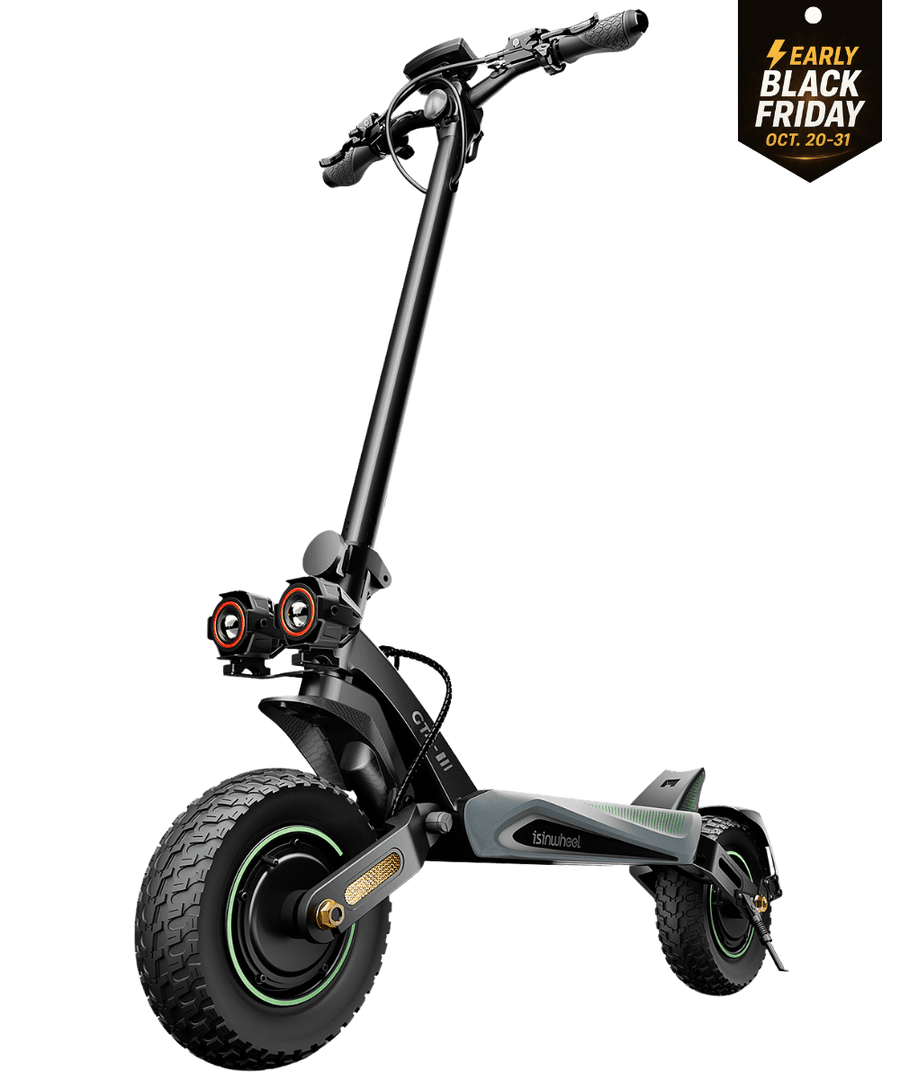
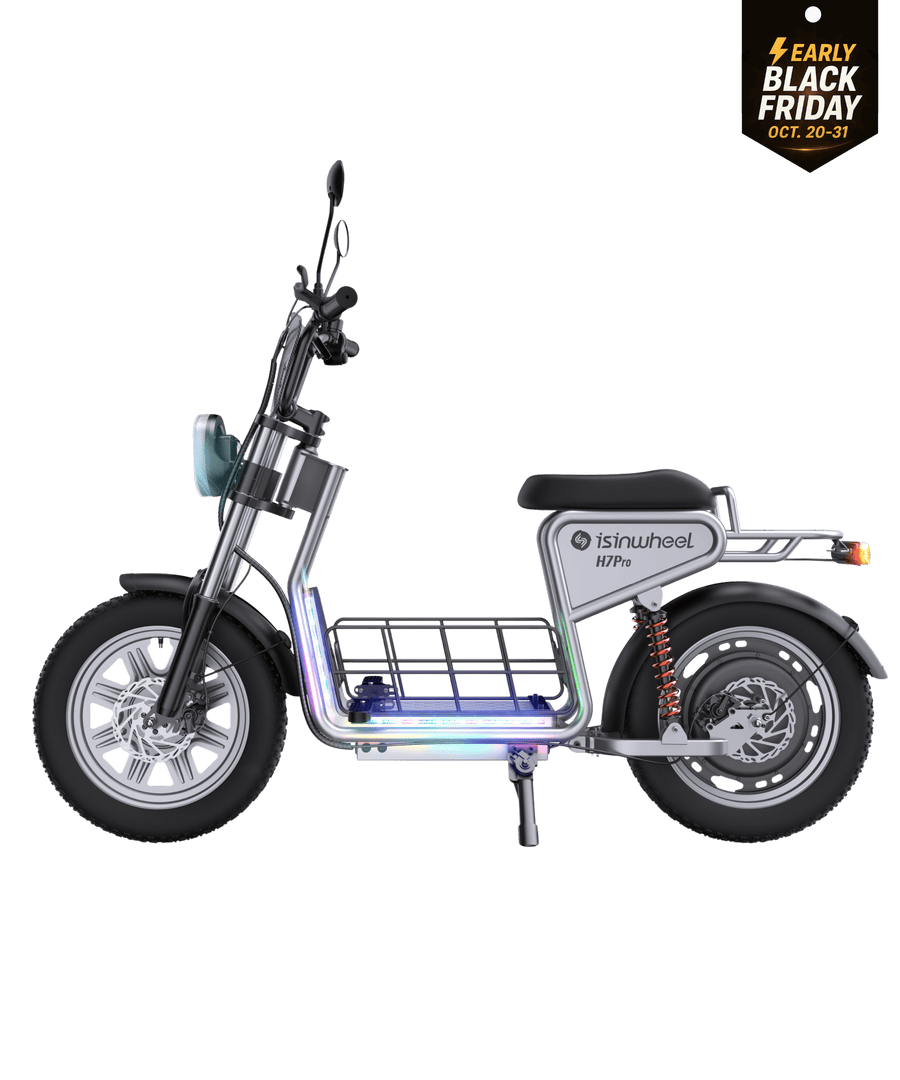
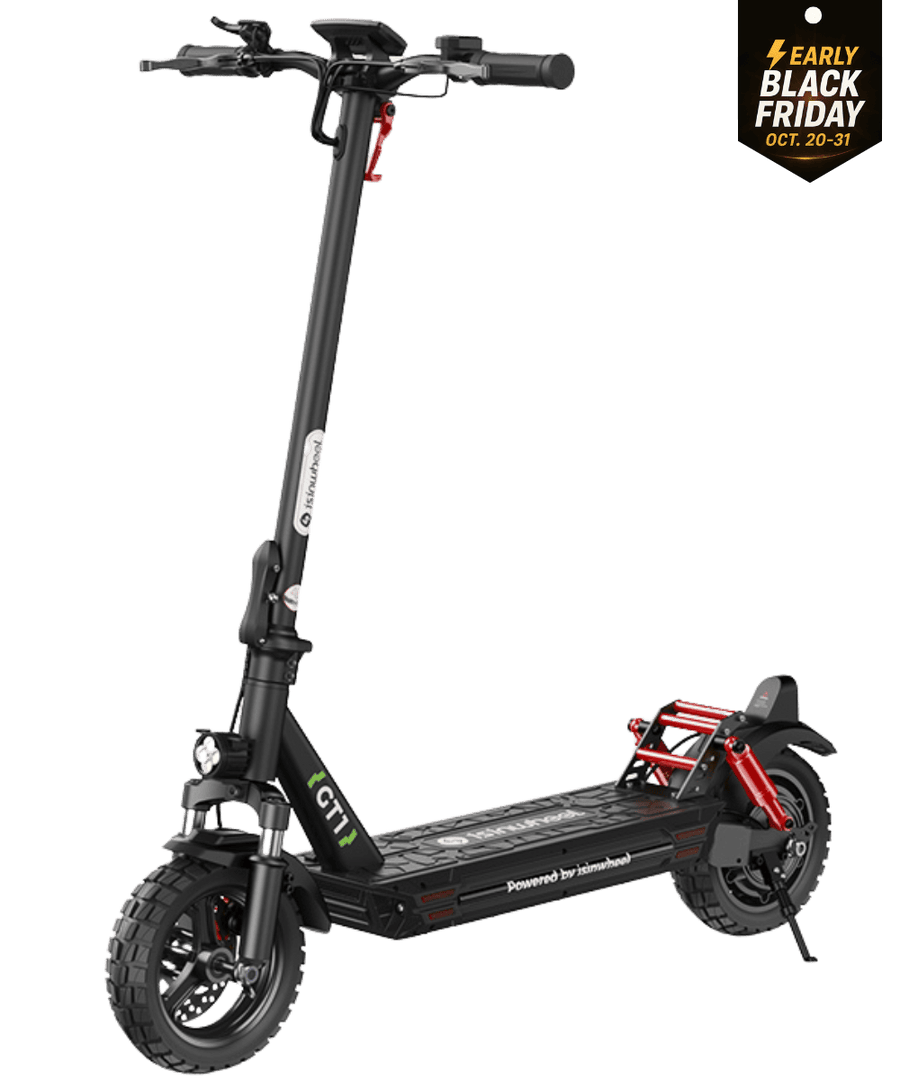
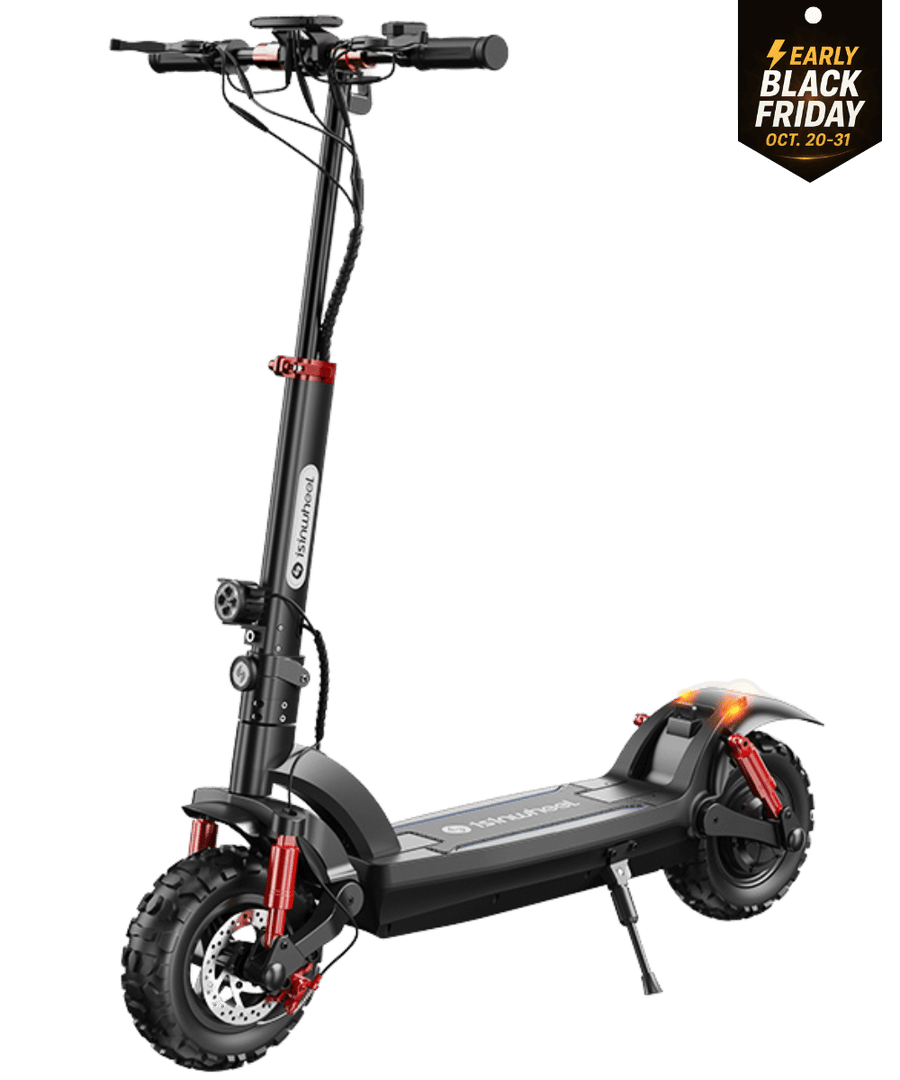

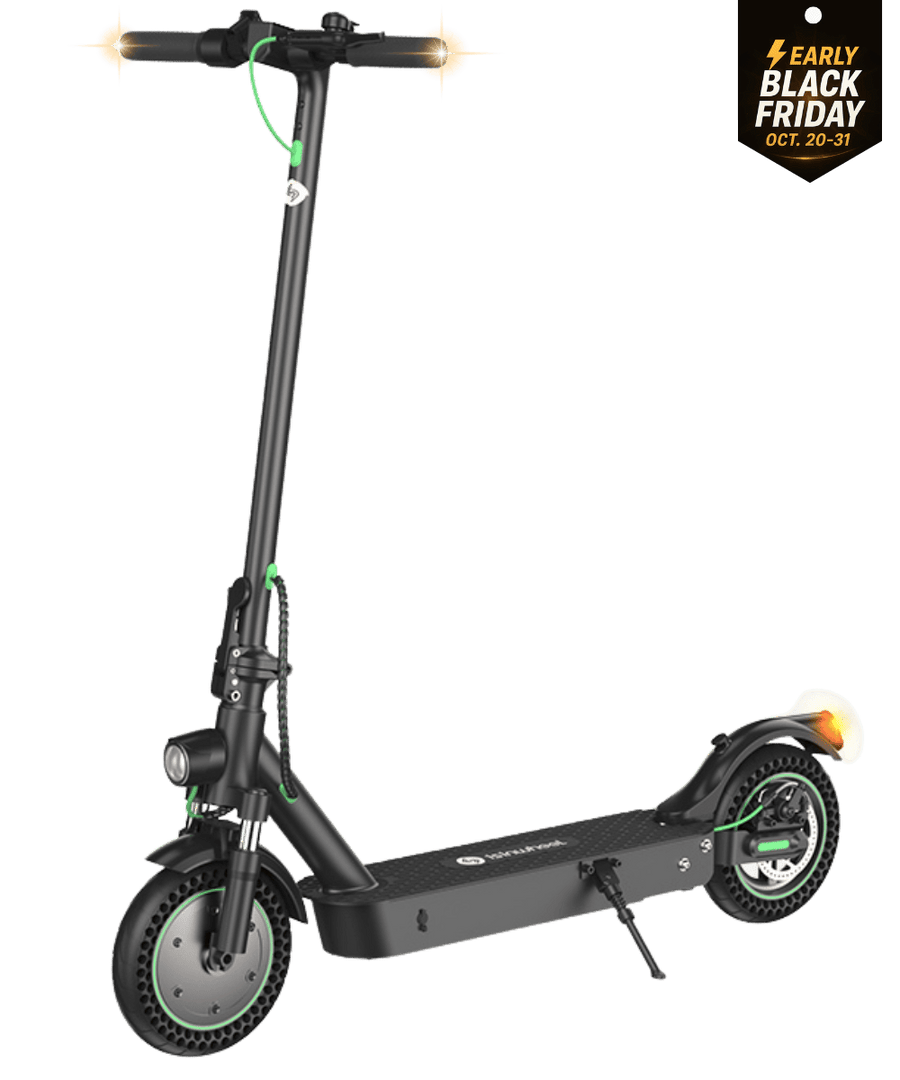

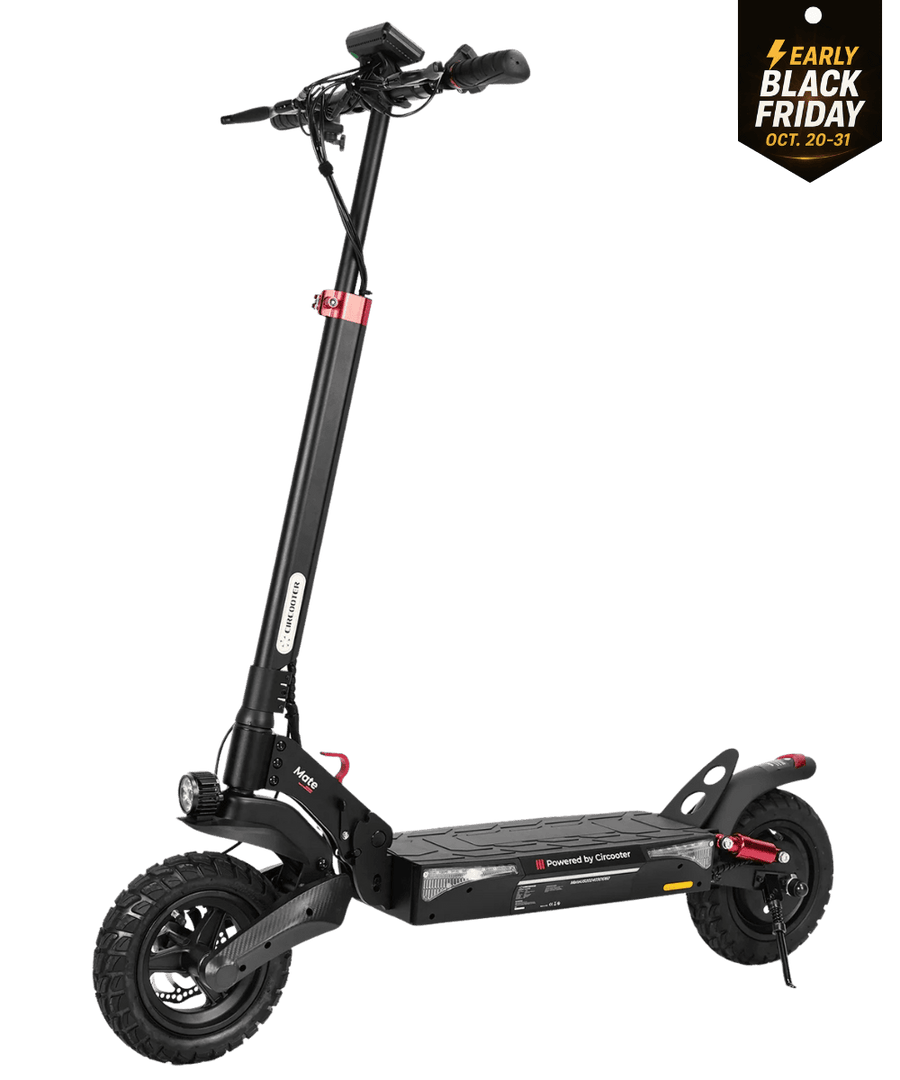





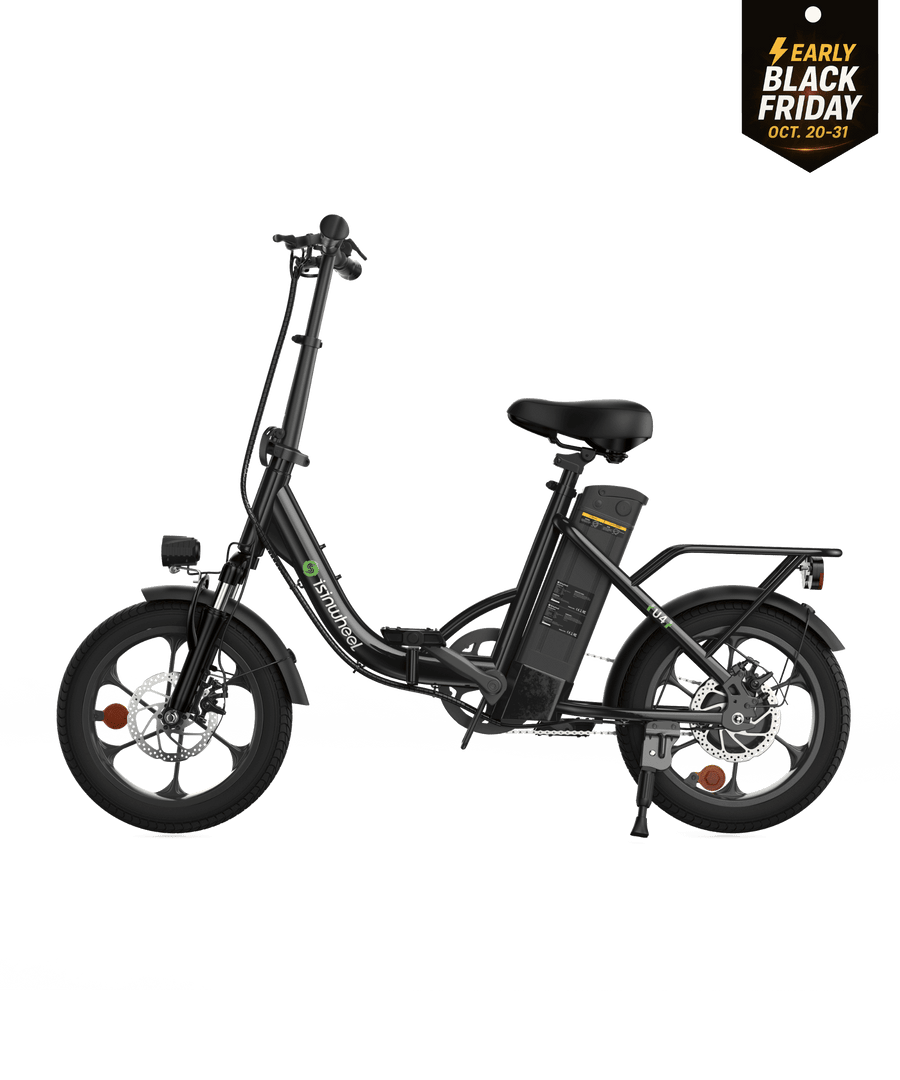
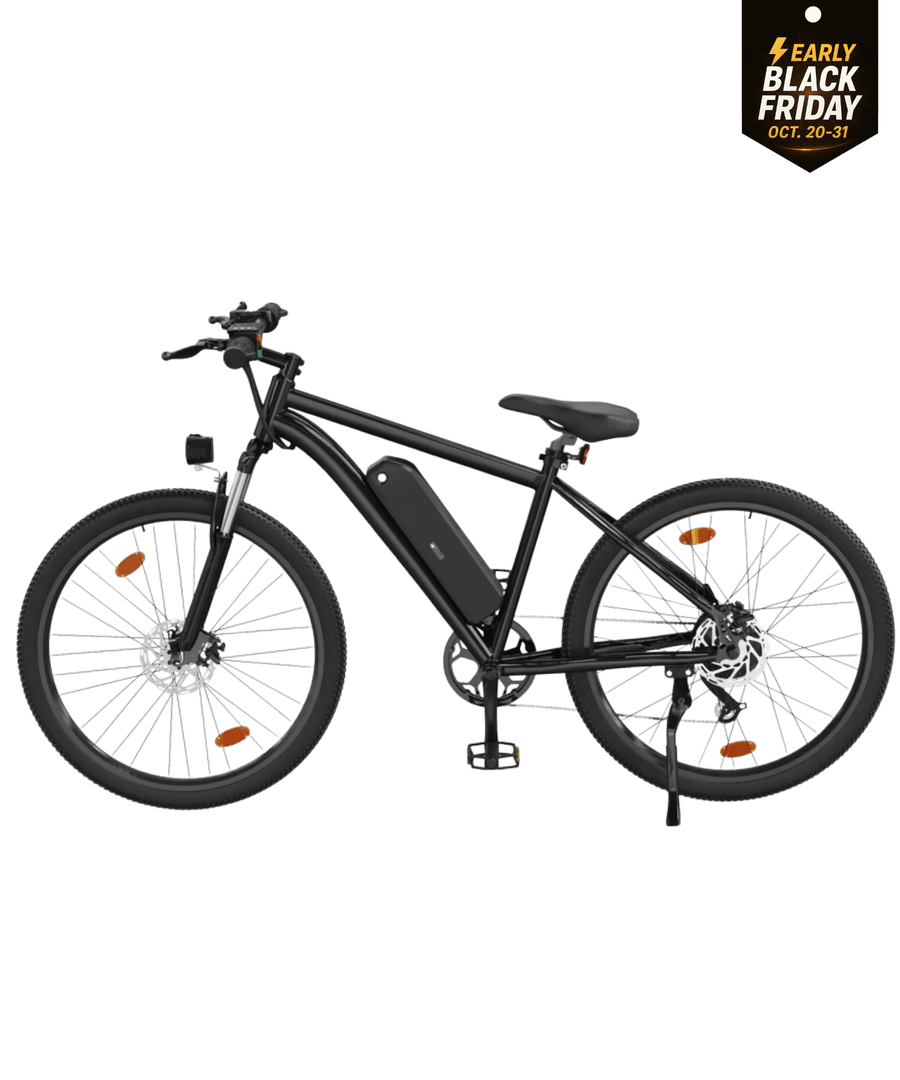
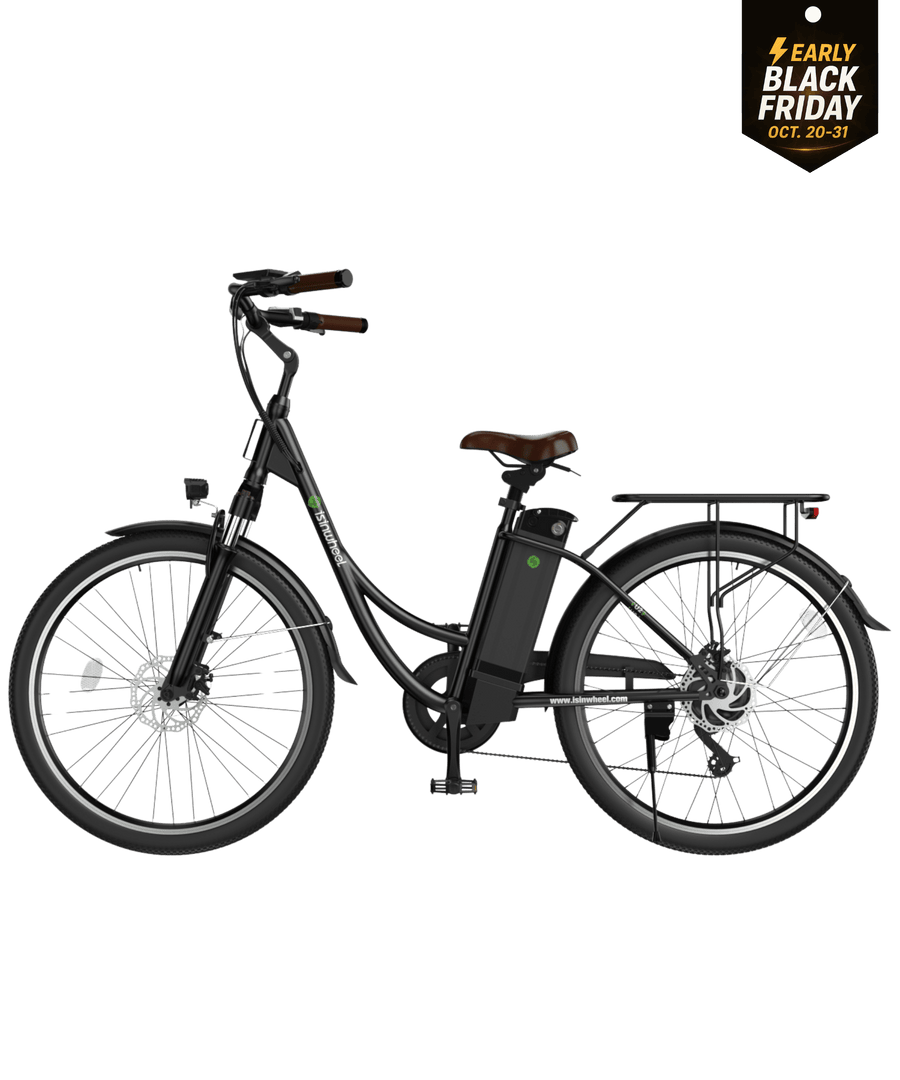
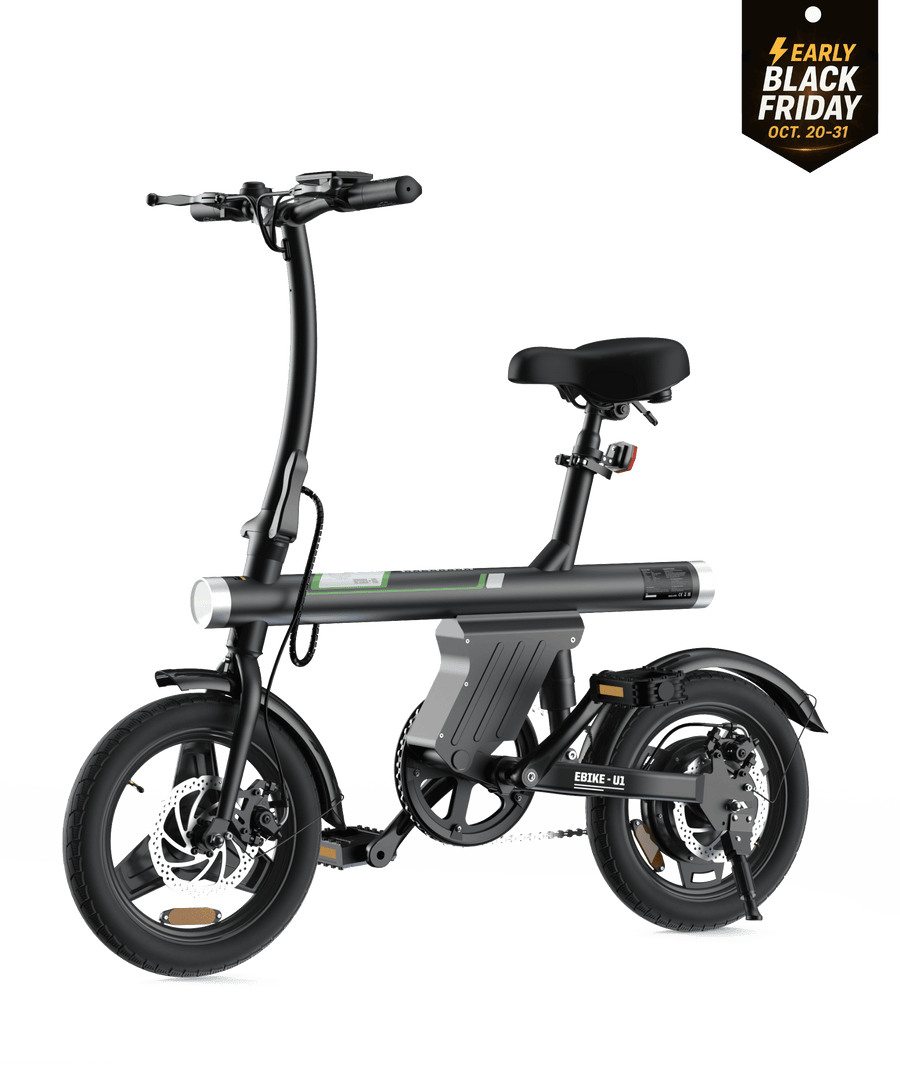
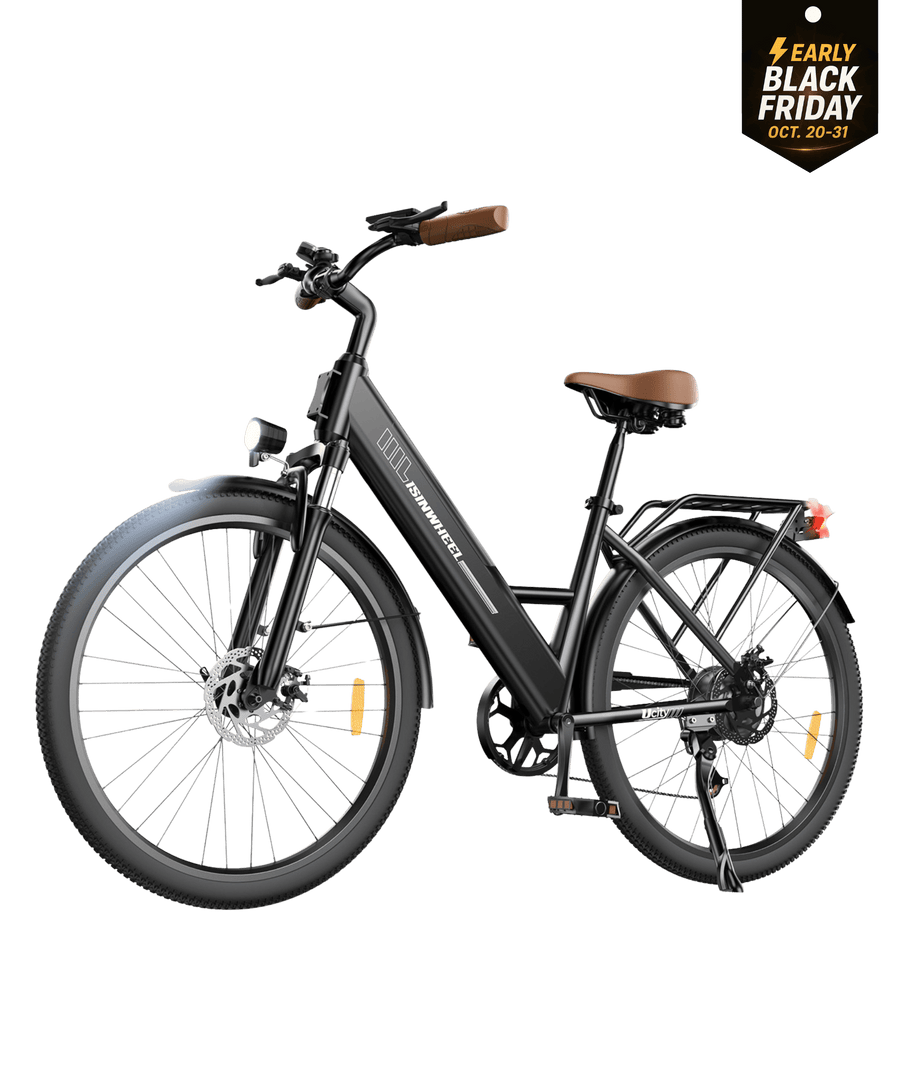
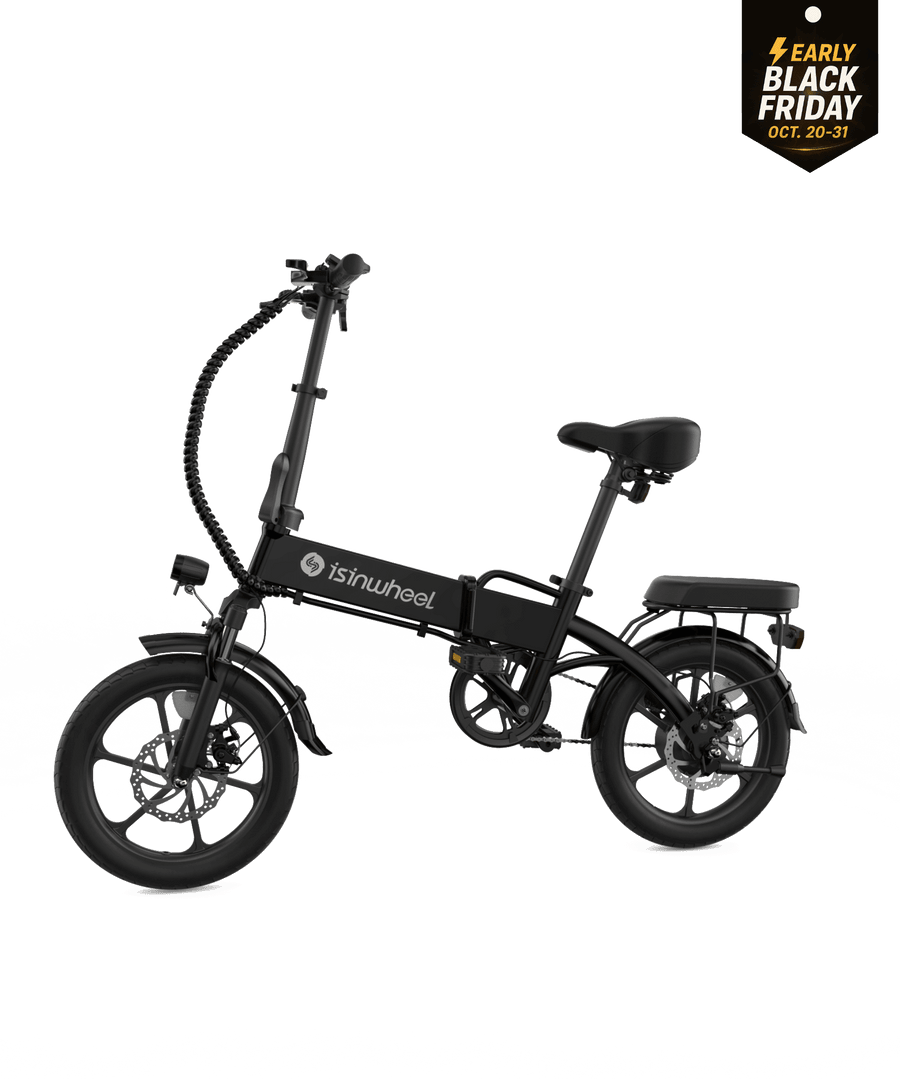
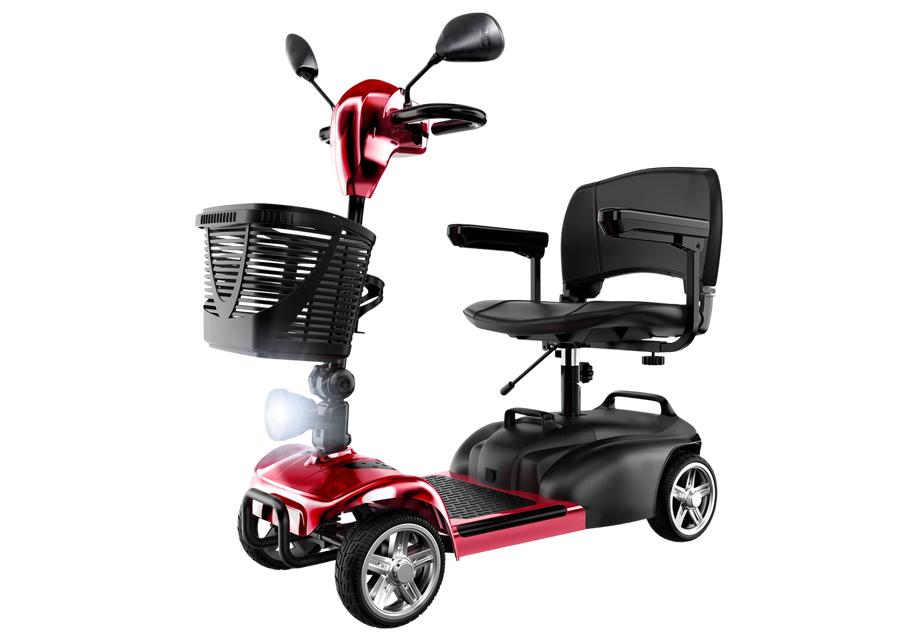



















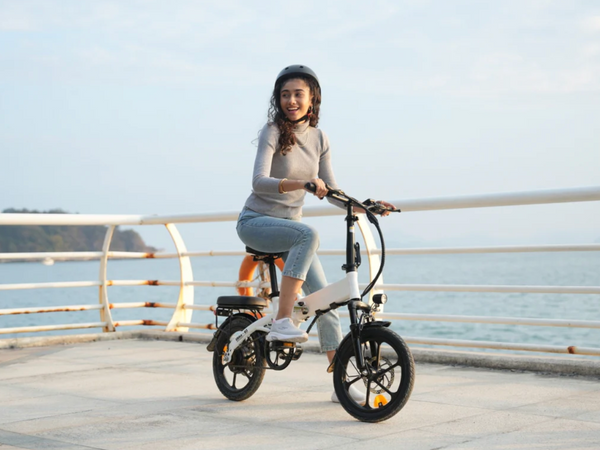

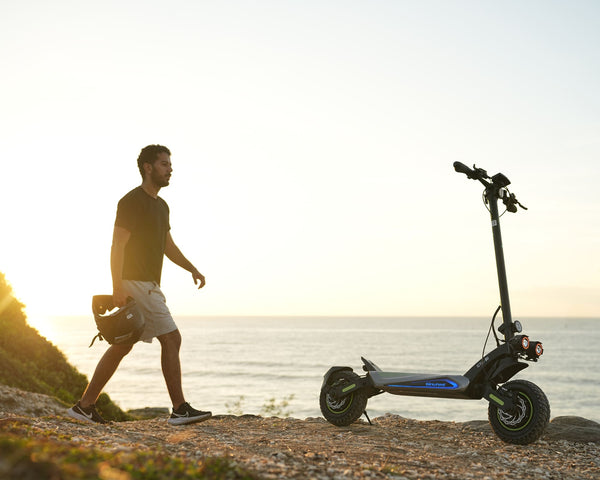
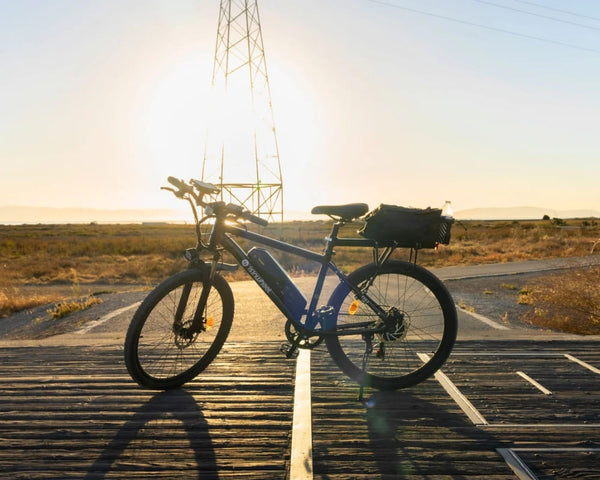
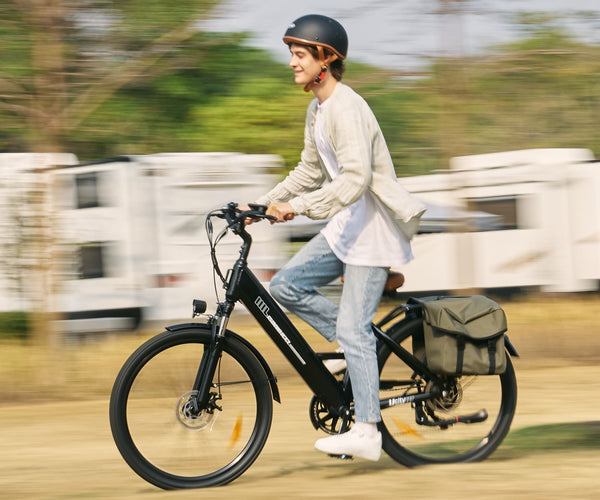

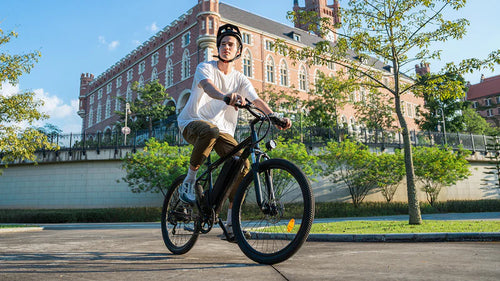
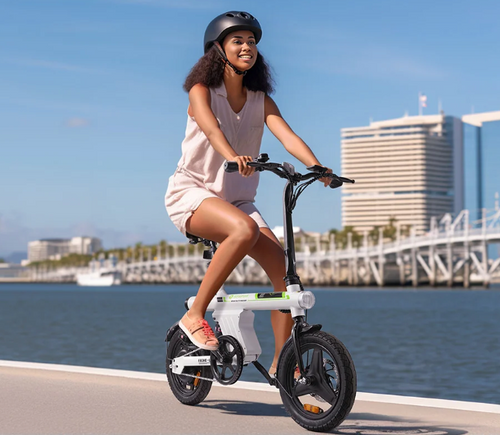
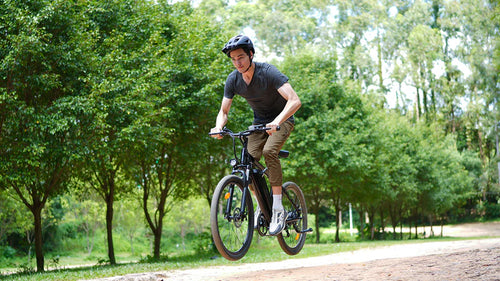
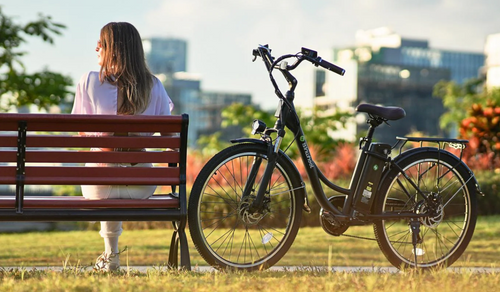

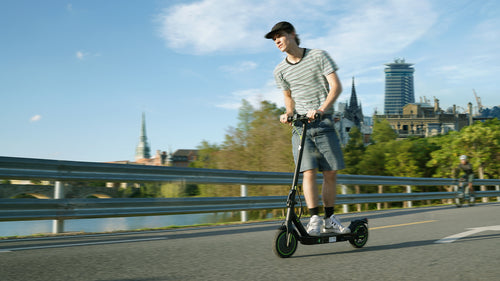

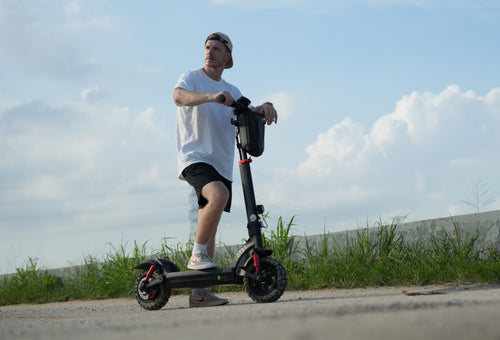
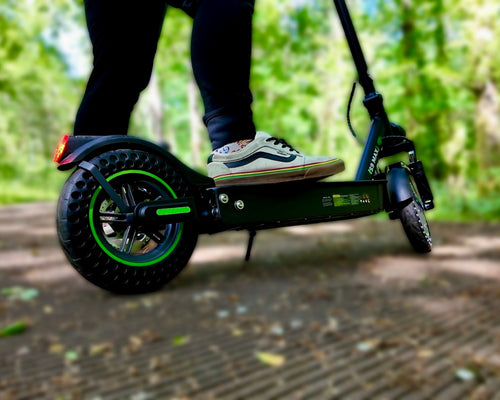
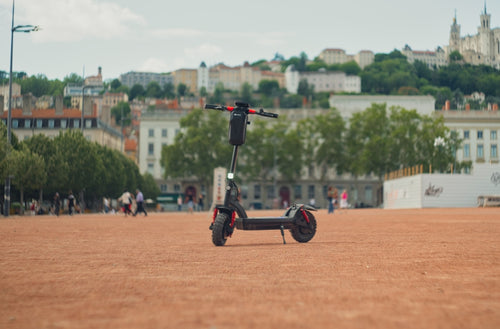
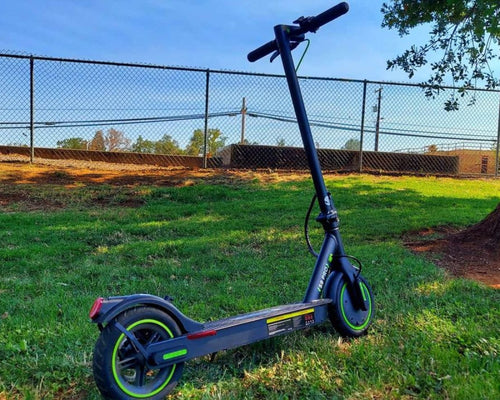





Leave a comment